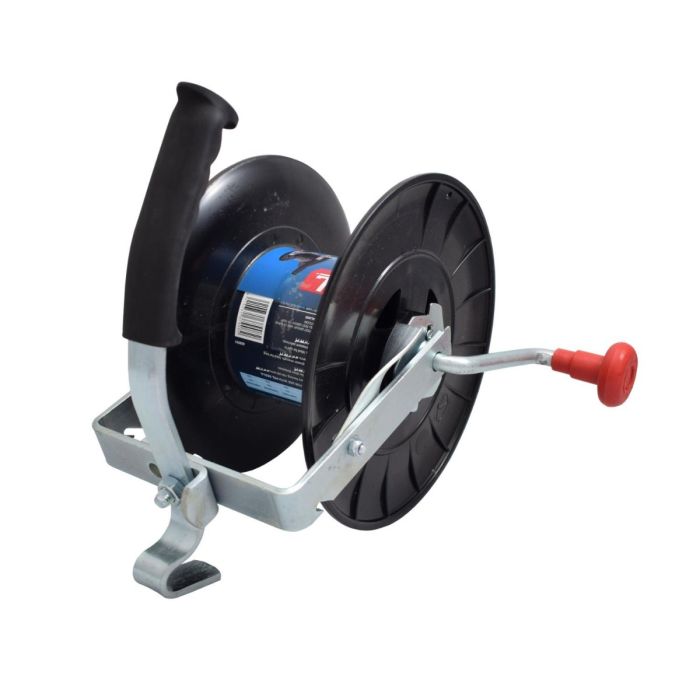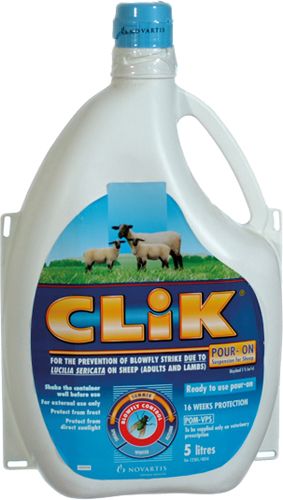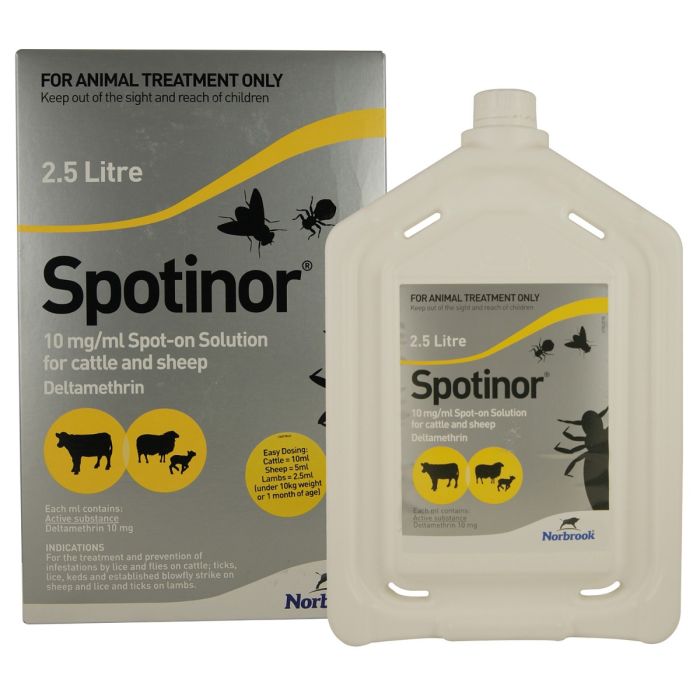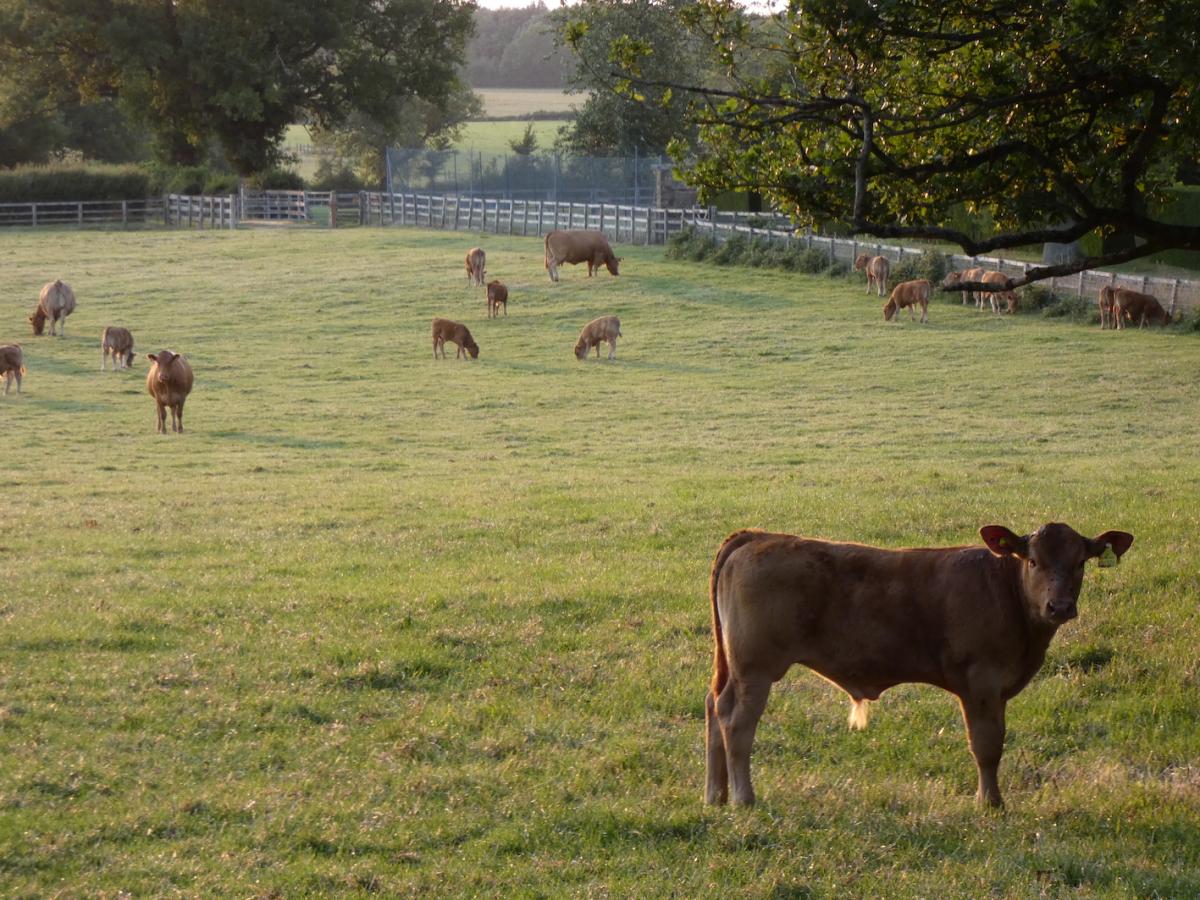
As the weather continues to warm up, there is a glimmer of hope that turn out is firmly on the horizon. Check out our top tips to keep your livestock and your grass happy!
Ensure your fencing is up to scratch
Yes, it may seem an obvious one, but with the ever-fluctuating weather of heavy rain and strong wind often means that fencing regularly falls victim to mother nature.
Natural wear and tear on fencing is normal and to be expected but making any repairs ahead of turnout will save you from any time and possible stress later down the line.
We always advise three inspection checkpoints prior to turnout, including gate inspection, post inspection and pasture inspection. If there is any rot or decay forming around the weakest point of the post (the bottom), it might be time to fetch the post-hole digger and replace them. If your gate is leaning, it could mean it’s time to reinstall it. Always check your gate latch system too, if it’s not secure it could be time to replace them. We have a variety of gate latches available to solve that problem.
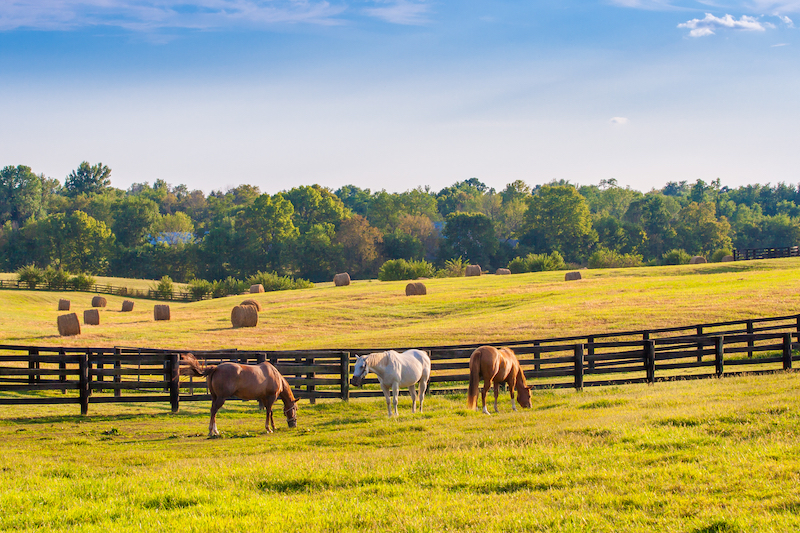
Get on top of your pasture management
Spring grass is one of the highest quality feed available on farm, but it’s essential not to overgraze too early. Consider rotational grazing for your herd, giving the grass a chance to rest in a controlled and efficient way. It’s also worth understanding the balance between cool season and warm season grass in your area, this will ensure you’ll get the most out of that grass during each season.
There are many ways you can set up and maintain a rotational grazing programme, but one of the easiest and most time-efficient options is utilising electric fencing. The electric fence is portable, economical and easy to install on farm. We understand that different livestock will require different fencing setups. We have a range of tape, wire, rope or netting electric fencing available in store now. Click here to discover more. If you’re still unsure of what you need for your livestock, speak with our expert team. Or find out more about rotational grazing methods here.
Prior to erecting any electric fencing, it’s always a good idea to let your livestock settle down beforehand. If you'd like some more information on setting up electric fencing, read more here.
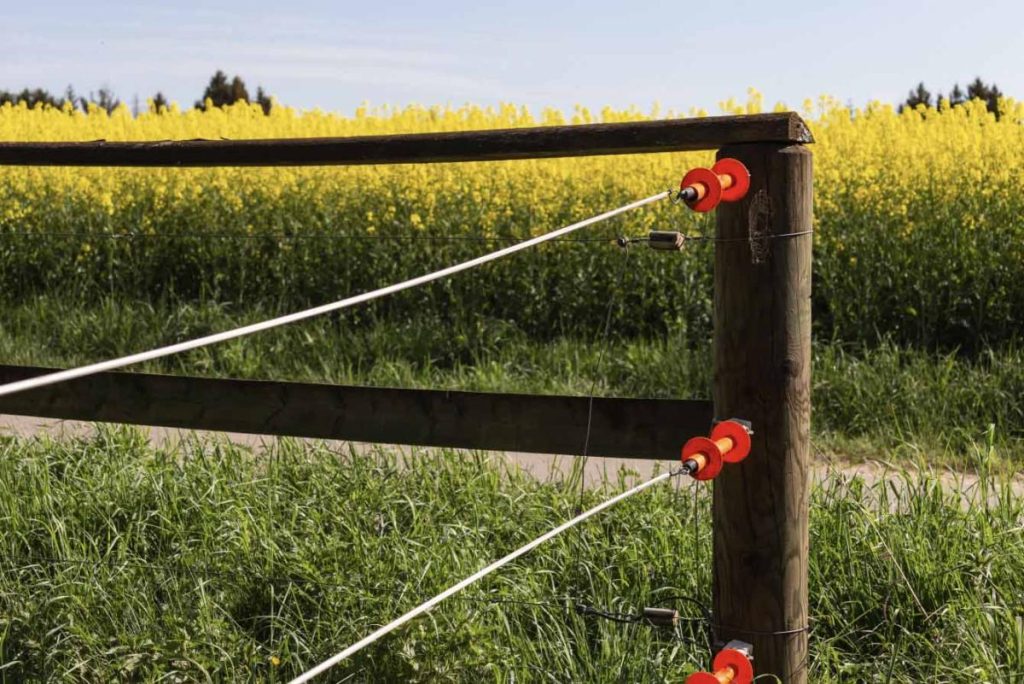
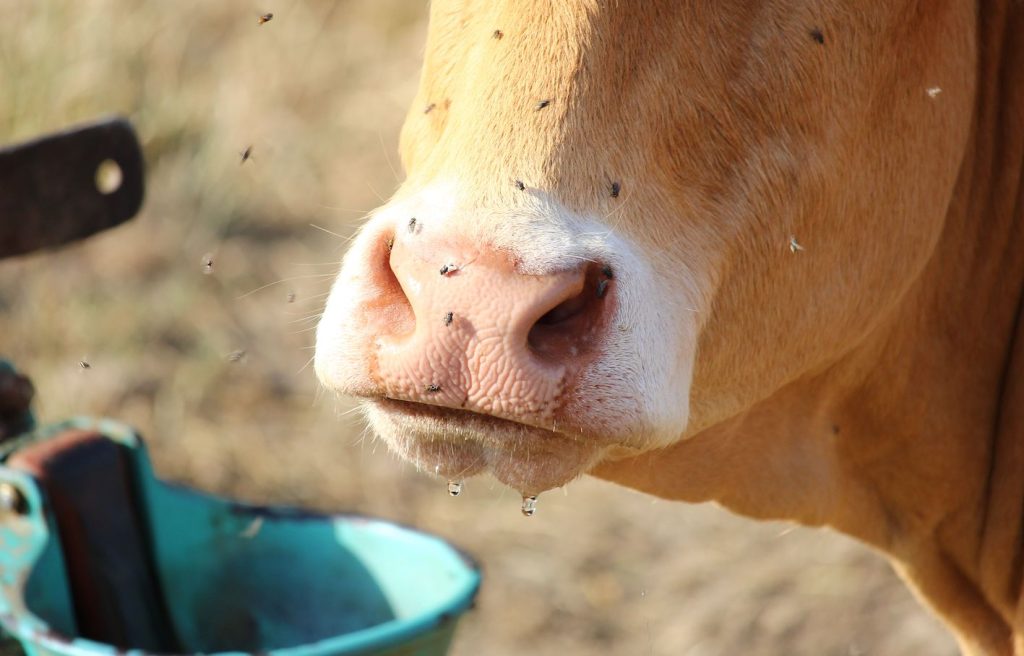
Address fly control beforehand
While it’s fundamental to keep your fencing and pasture in check, it’s essential that your livestock are well-protected from biting and non-biting flies. With over 20 different species of flies affecting livestock across the UK, there are many ways of reducing the influx from reduced exposure and biological control to pour ons and tags. Consider dosing your sheep with Clik or Clikzin and Spotinor for cattle prior to turn out. This will help reduce the build-up of flies around your herd or flock and protect against fly strike.
Does your livestock need additional nutrients?
It can be advantageous to supplement your livestock at grass with additional minerals or salt licks as some soils can be deficient in some nutrients including sodium.
Our mineral supplements are ideal for use at grass when extra nutrients are required and can help to prevent Hypomagnesaemia during the Spring and Autumn months. Shop mineral licks now.
If you’d like some further advice, talk to one of our Animal Health SQPs or visit our in-store animal health counter.

